Part of exhibition
History
-
Sauefjøset er truleg frå siste halvdel av 1700-talet. Oppsett på museet i perioden 1931-1934. Fjøset er i to etasjar, utan panel og lafta. Taket er tekt med bord. Bygningen er reist på ein mur av naturstein. Dei nedste laftestokkane er tilpassa bakken, for å hindre for høg mur i nedre kant.
I fjøset hadde ein sauene i fyrste høgda, og fôret i andre. Når sauene sto i fjøset trødde dei etter kvart møka saman, og dette vart kalla «talle». Denne vart spadd ut om våren, og lagt i ein haug så han «brann». Dette var ei sterk varmeutvikling som mørna gjødsla, og tallen vart deretter spreidd utover på åkeren.
ENGLISH:
The sheep barn likely dates from the latter half of the 1700s. It was reconstructed at the museum between 1931 and 1934.Sheep were kept on the ground floor, while feed was stored on the upper floor. As the sheep stood in the barn, they gradually trampled their manure, creating what was called talle (deep litter bedding). This was shoveled out in the spring and piled into a heap to "burn"—a process of strong heat development that broke down the manure. The resulting compost was then spread over the fields as fertilizer.
Classification
License information
- License Contact owner for more information
Metadata
- Identifier Ål-bygning 05 Sauestall
- Part of collection Hallingdal Museum
- Owner of collection Stiftelsen Hallingdal Museum
- Institution Hallingdal Museum
- Date published November 18, 2015
- Date updated June 24, 2025
- DIMU-CODE 021056002849
- UUID 37a41cdb-aba0-49d5-9129-3fb40c620e4f
- Tags
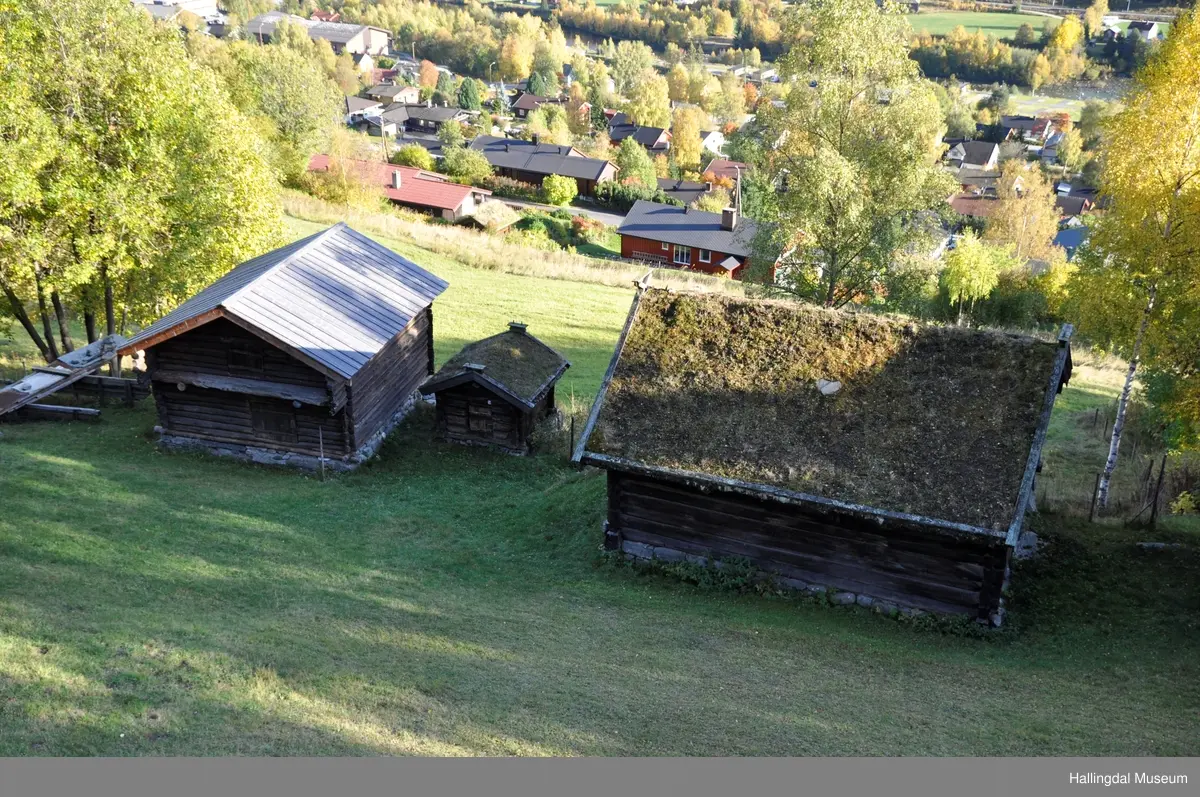
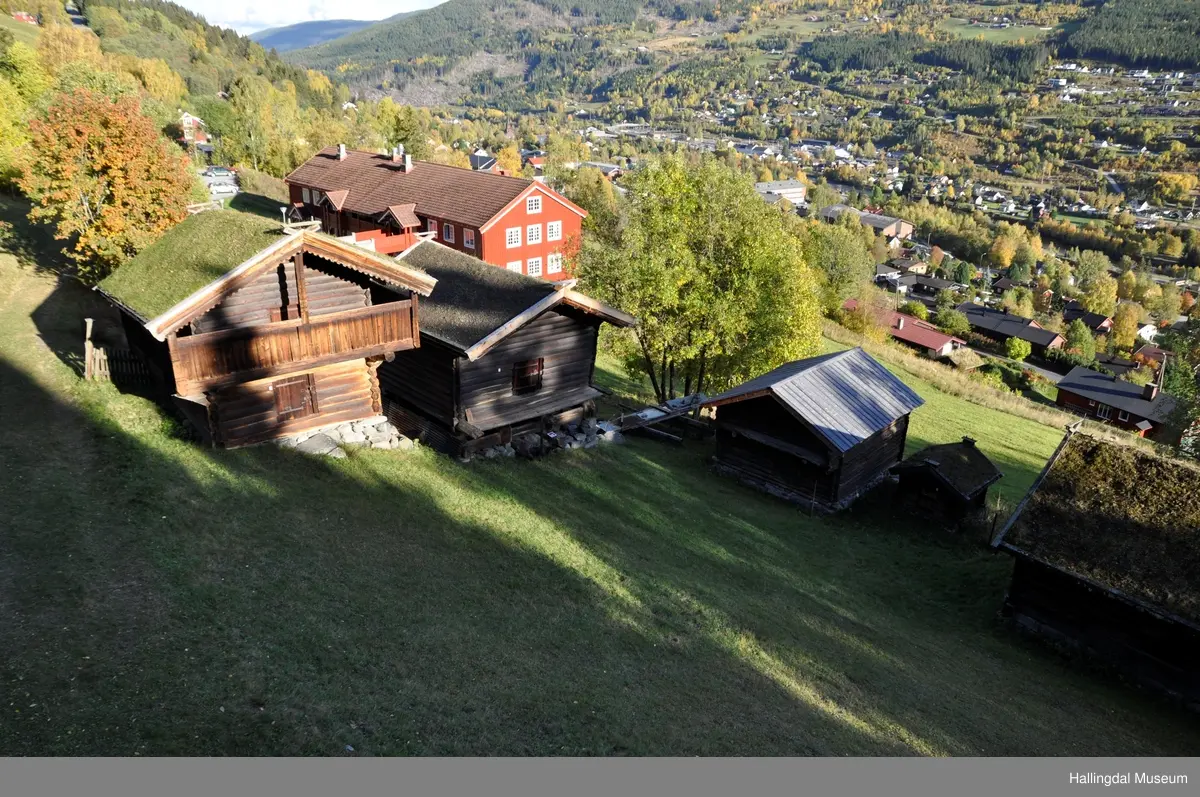
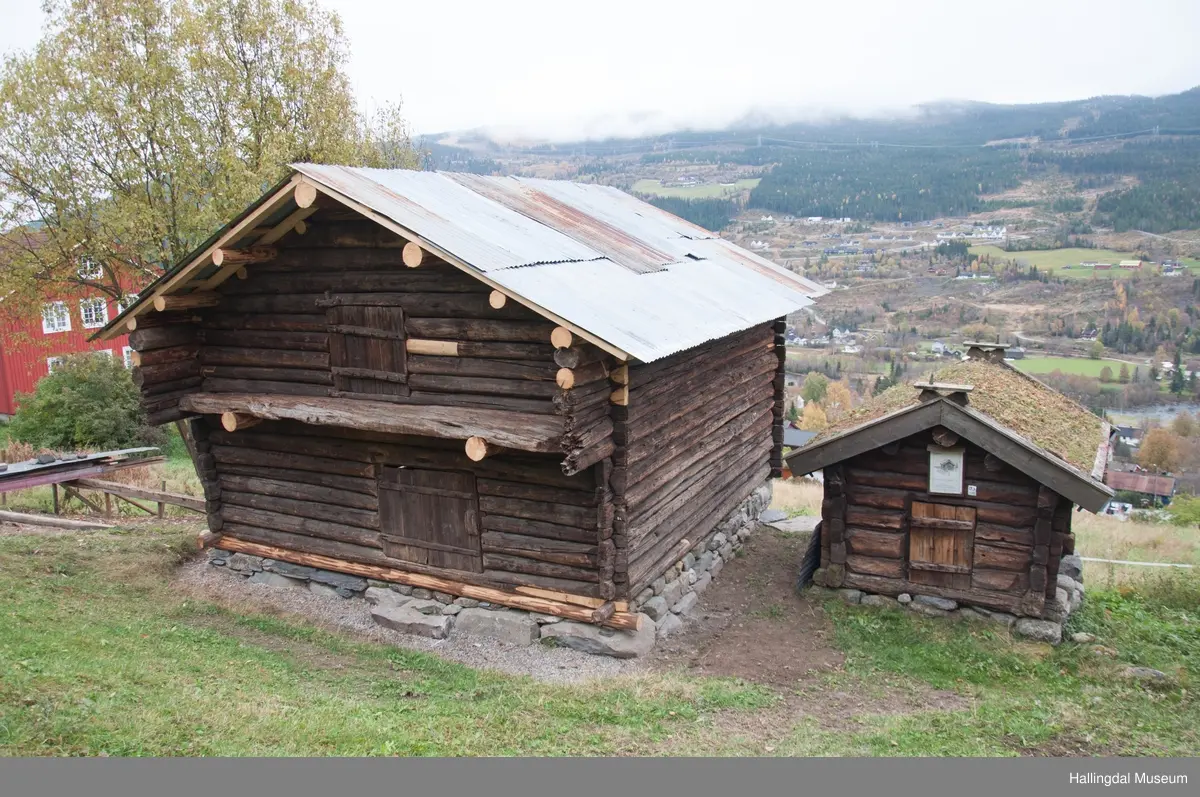
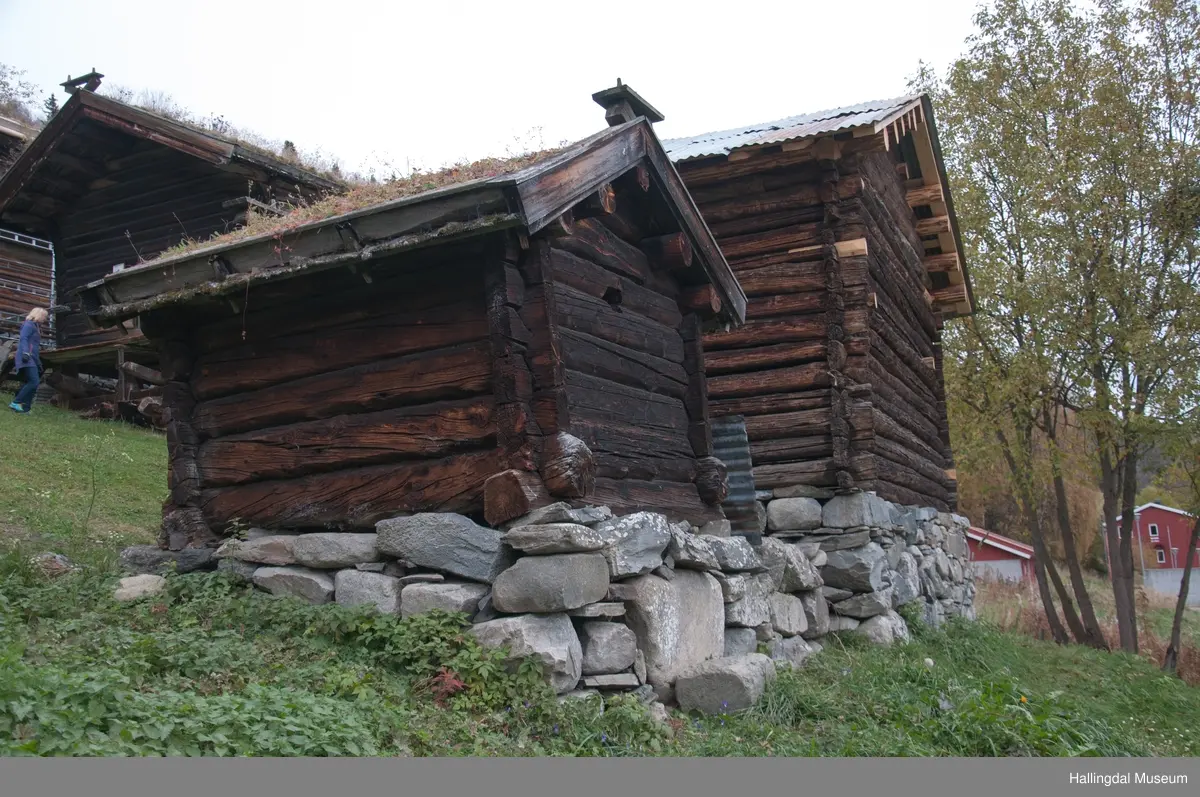
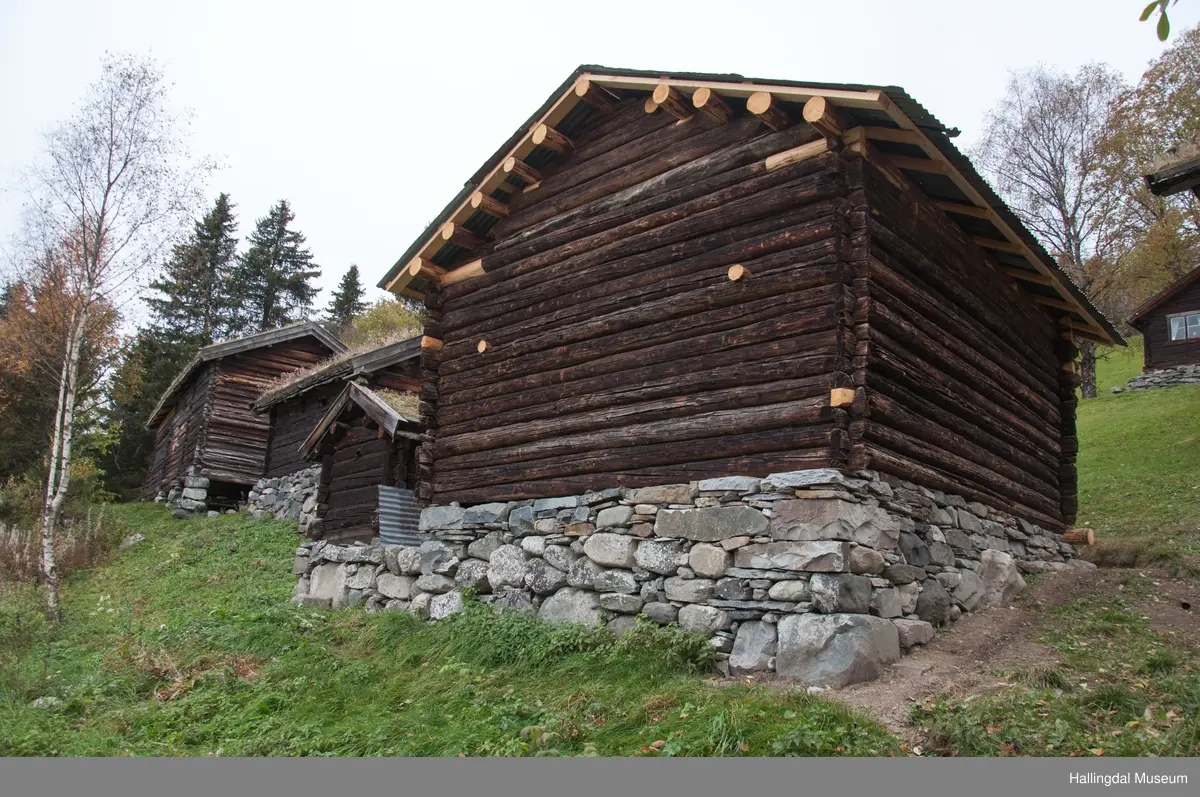
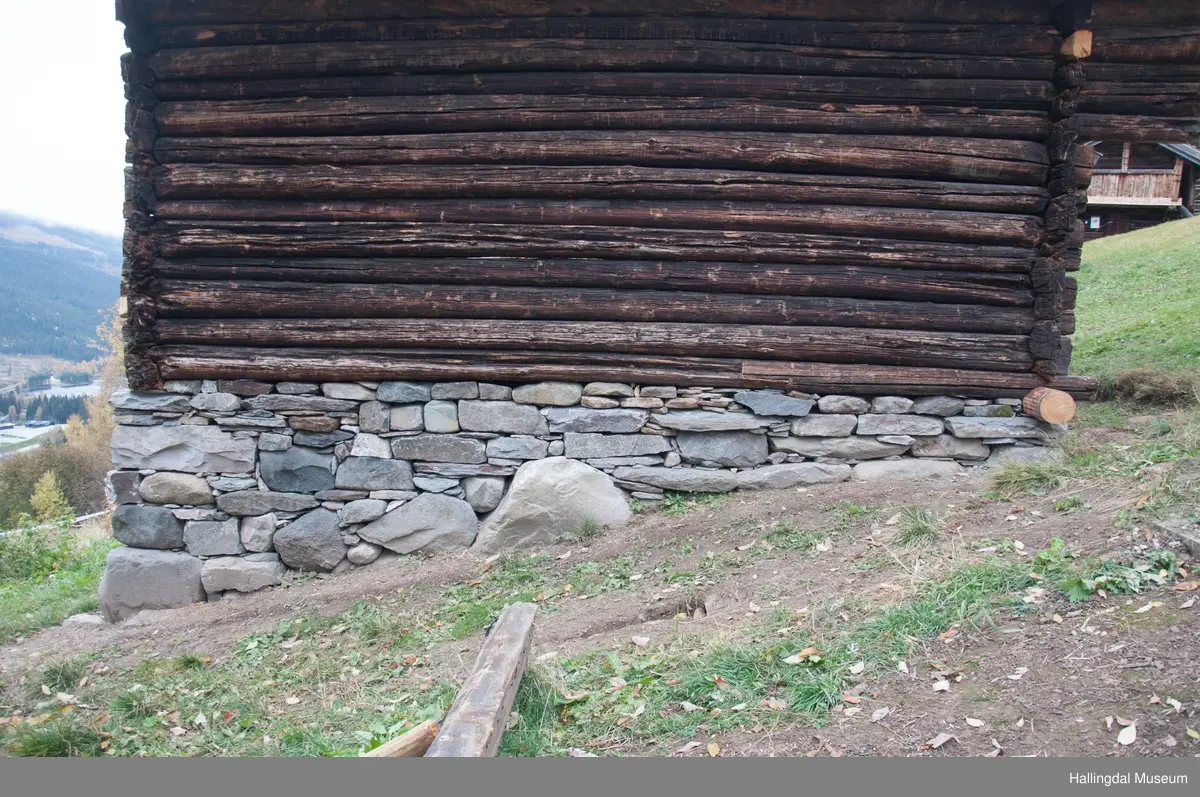
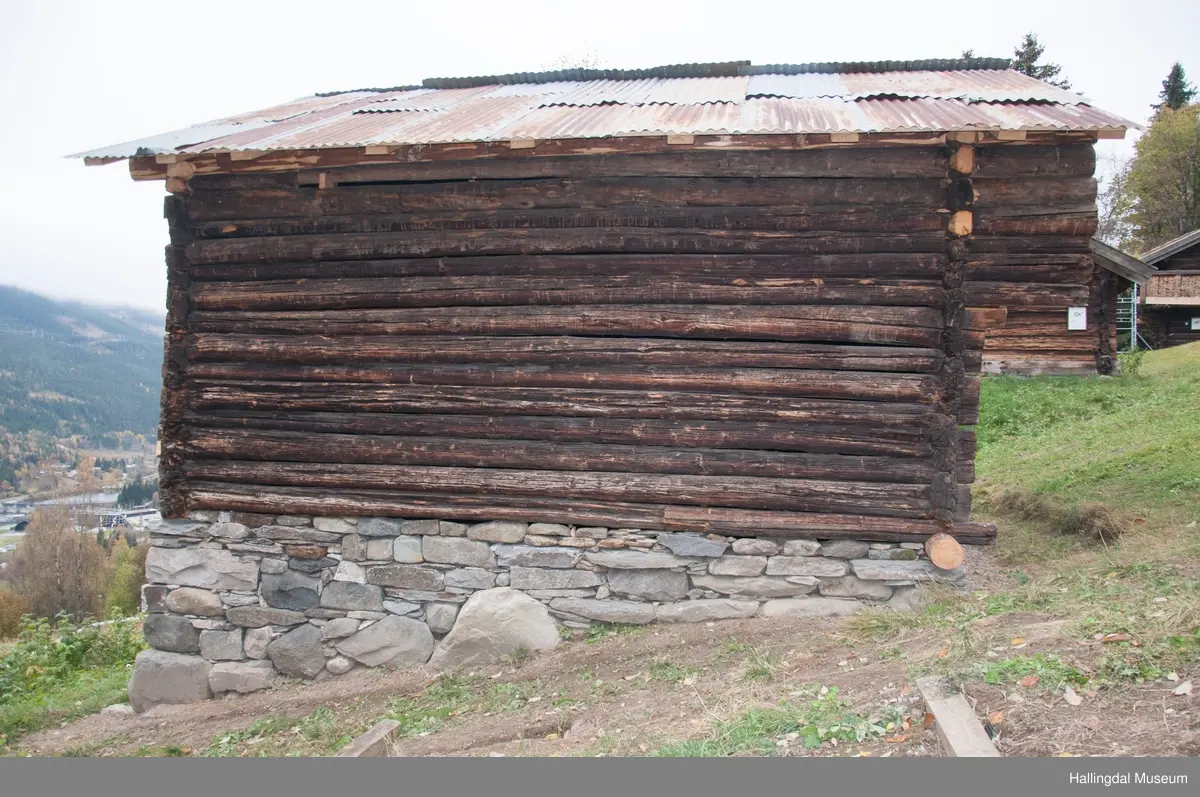
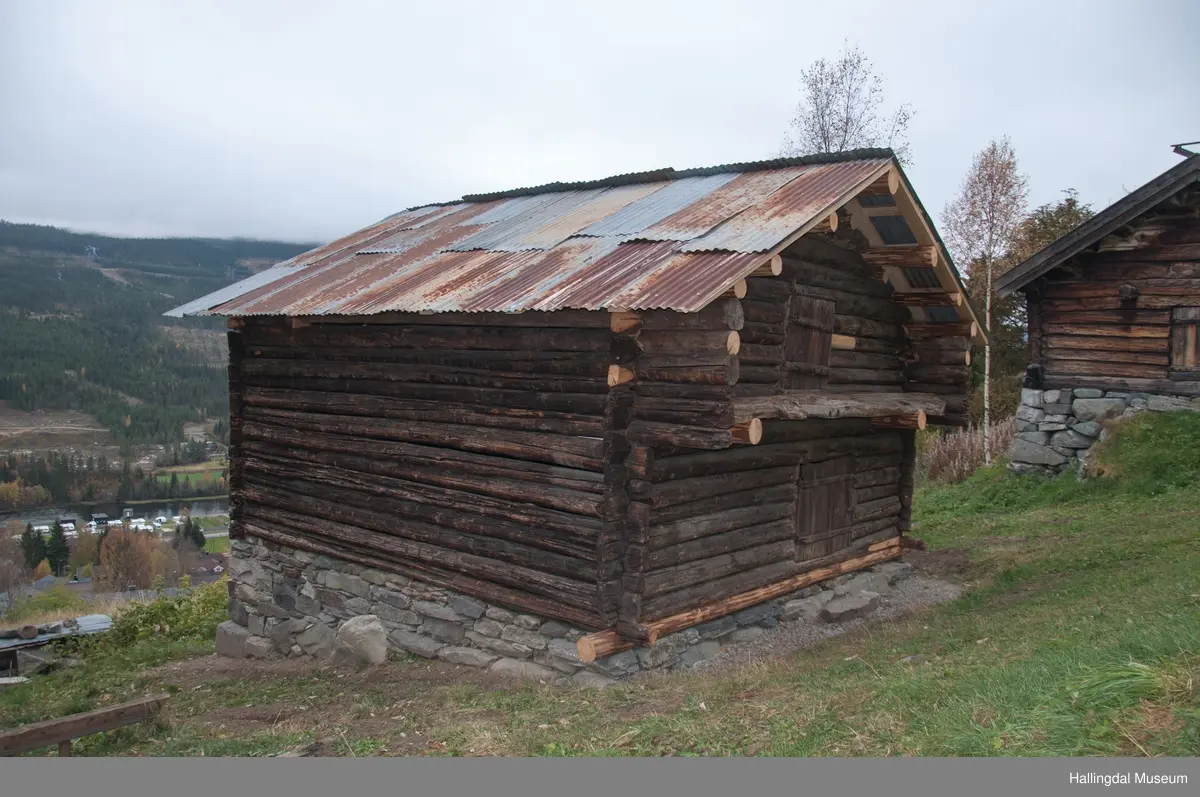
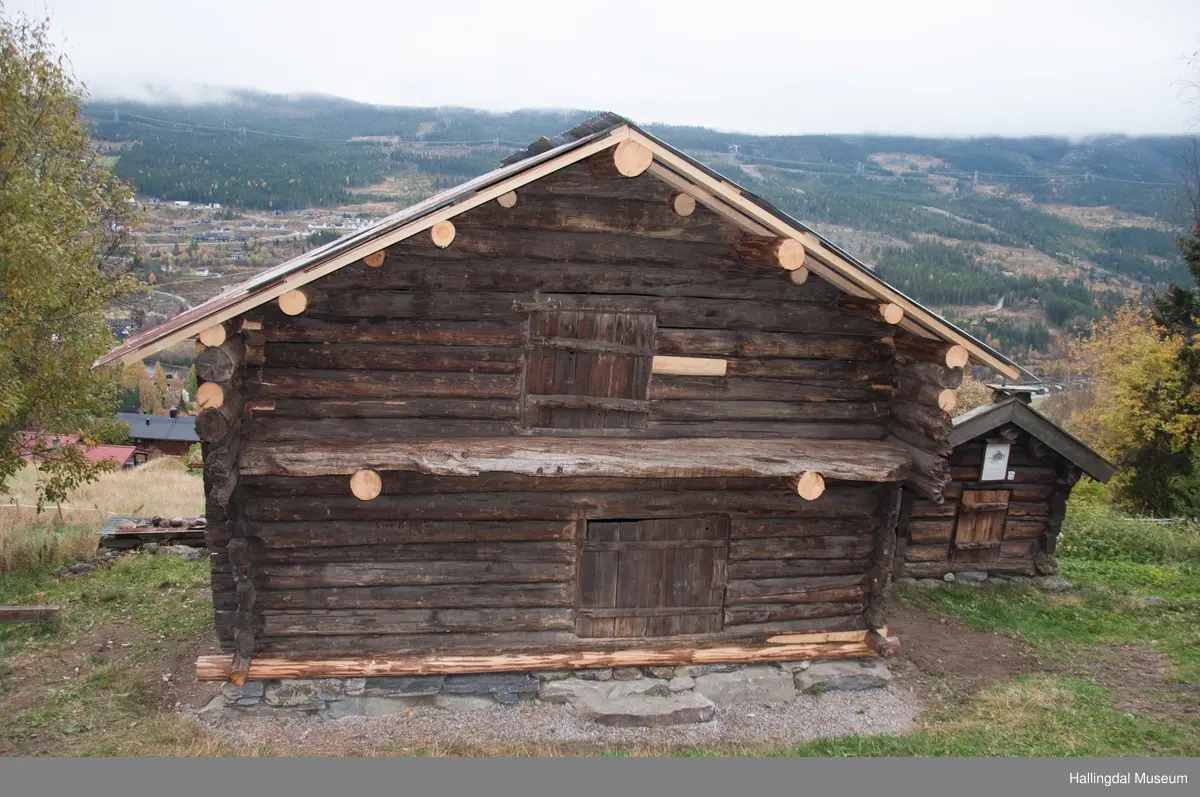
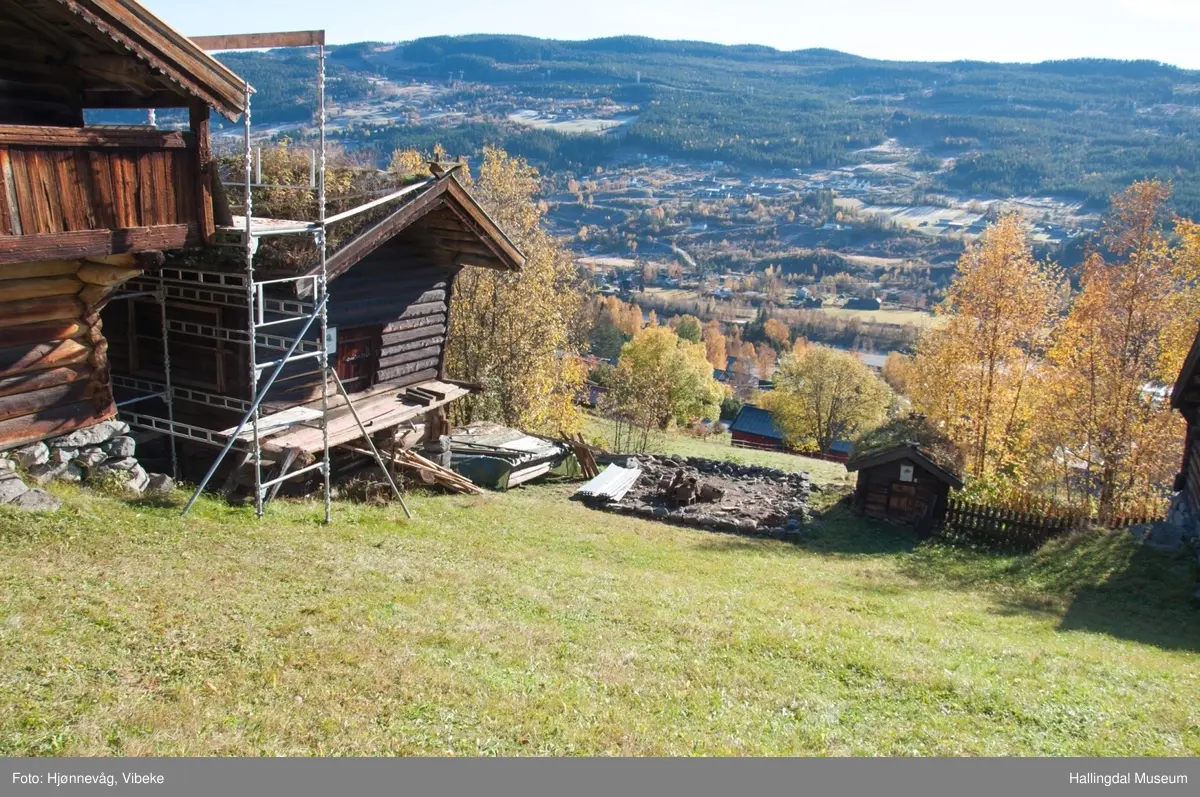
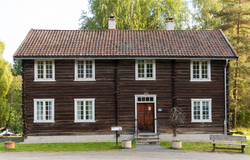
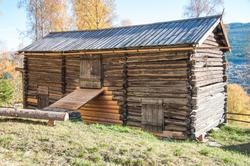
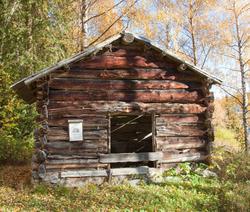

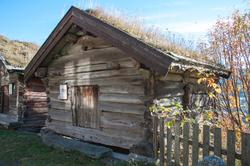

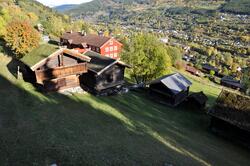
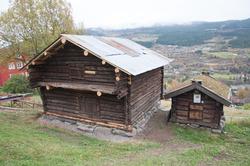
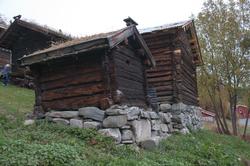
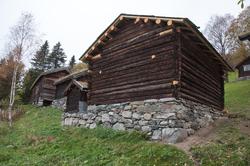
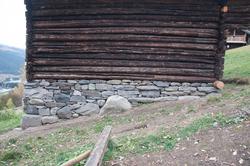
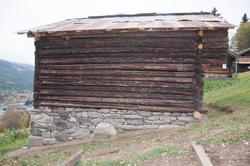
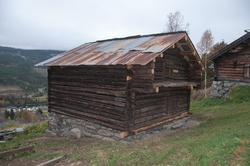
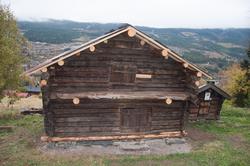
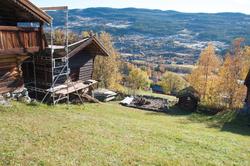
Add a comment or suggest edits
To publish a public comment on the object, select «Leave a comment». To send an inquiry directly to the museum, select «Send an inquiry».